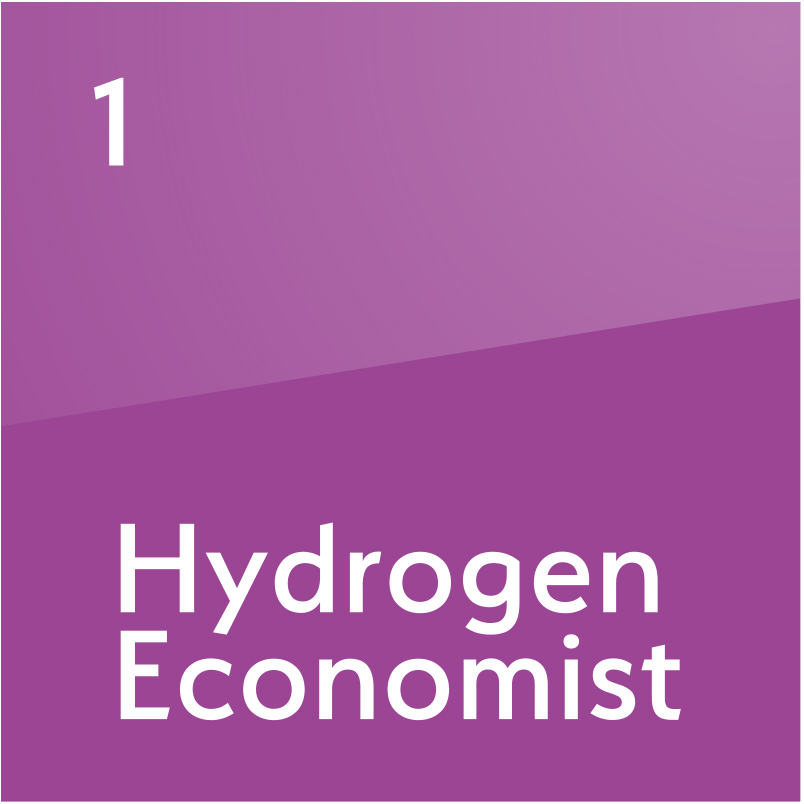The future of e-fuels – part one: Maritime shipping
Price of green ammonia could fall to challenge fuel oil as capex and renewable electricity costs come down
There are a number of e-fuels that could be synthesised from low-carbon hydrogen, but the ones widely expected to perform best in coming decades are the synthetic fuels best suited to decarbonise long-distance maritime shipping and aviation—e-ammonia and e-kerosene respectively. Despite their additional costs, these two e-fuels also are viewed as better options than the use of straight hydrogen in these sectors. This is because of their superior energy density and the high cost of storing liquefied hydrogen on vessels and aircraft. The first part of this two-part series explores the potential of e-ammonia for shipping through 2050 as well as the major barriers it must first overcome. Poten

Also in this section
5 December 2025
European Commission highlights rapid growth of Chinese production this year, as it retains strict procurement rules in latest European Hydrogen Bank subsidy auction
2 December 2025
Oil major cites deteriorating demand and a planning debacle as it abandons one of UK’s largest blue hydrogen projects
1 December 2025
Project at Emden in northwest Germany due online in 2027, but wider ramp-up of clean hydrogen sector in Germany will require overhaul of government policy, company warns
25 November 2025
The northwest African country’s vision of integrating green power, molecules and steel is alive and kicking, and serves as a reminder of hydrogen’s transformative potential







